Civility To All, Servility To None
African American Pioneers of Nevada County, CA
During the second half of the nineteenth century Nevada County was home to a sizeable community of African Americans comprised of slaves brought to the gold fields by their Southern owners, escaped slaves, and free people. They lived in Grass Valley, Nevada City and in the smaller mining camps such as North Bloomfield, Rough and Ready and French Corral. These pioneers brought a range of talents to the many towns and camps in which they lived, working as miners, laborers, shopkeepers, musicians, farmers, teachers, and clergymen.
Although Gold Rush California was more egalitarian than many regions of the country, the state and county were still environments hostile to blacks, politically and socially. Yet in spite of many obstacles, Nevada County’s African American pioneers built churches and schools, bought property, founded businesses, educated their children, and fought for civil rights. Fortunately, the community had advocates as well as enemies. Advocates included a number of prominent white leaders such as Niles Searls, Dr. Robert Hunt, and clergymen John Barnet Hill and J.P. Hall.
From 1850-1900 the county’s African American pioneers witnessed many important milestones on their road to freedom and inclusion: the end of slavery; voting enfranchisement for black men; the integration of public schools; and progress in gaining access to public services. As the century came to a close, however, most pioneer families moved to urban centers such as Sacramento and San Francisco. And as the century ebbed, and the last of these Gold Rush pioneers passed away, their stories passed with them.
On The Passage Of The 15th Amendment
“The great victory is won, the iron hoof of the tyrant is broken; the long bitter ages of injustice, blood, and whips are ended, and American’s jubilee has come. For the first time in my life I write as an American citizen, and not as heretofore, an alienated American.”
Bishop T.M.D Ward, Grass Valley,
May 12th, 1870
See a brochure commemorating
Nevada County’s Black Pioneers, by the Historical Landmarks Commission
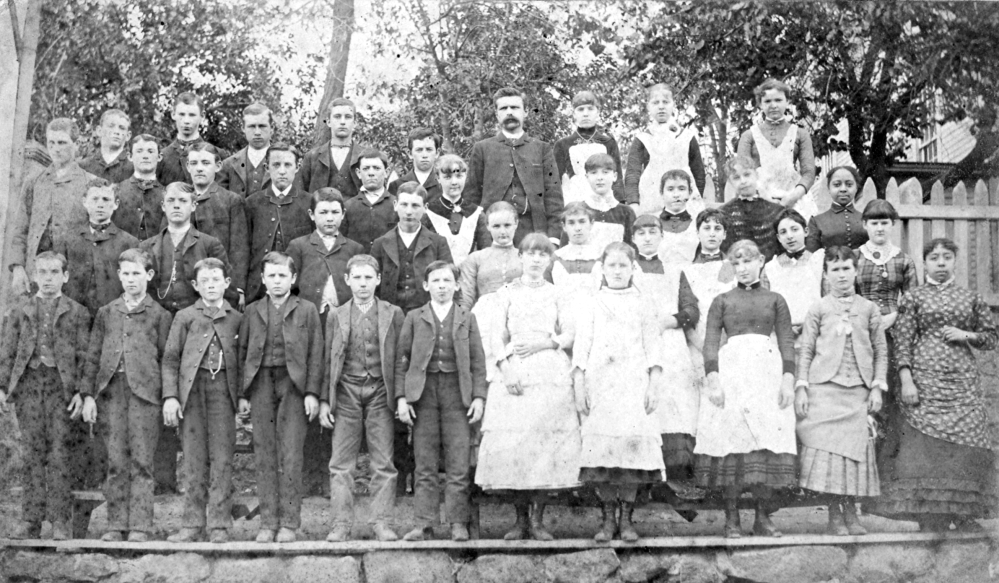
Far right, Claudia Johnson (front row) and Florence Sevelle (third row), Garfield School, Grass Valley, graduation class of 1884.
(Searls Historical Library)
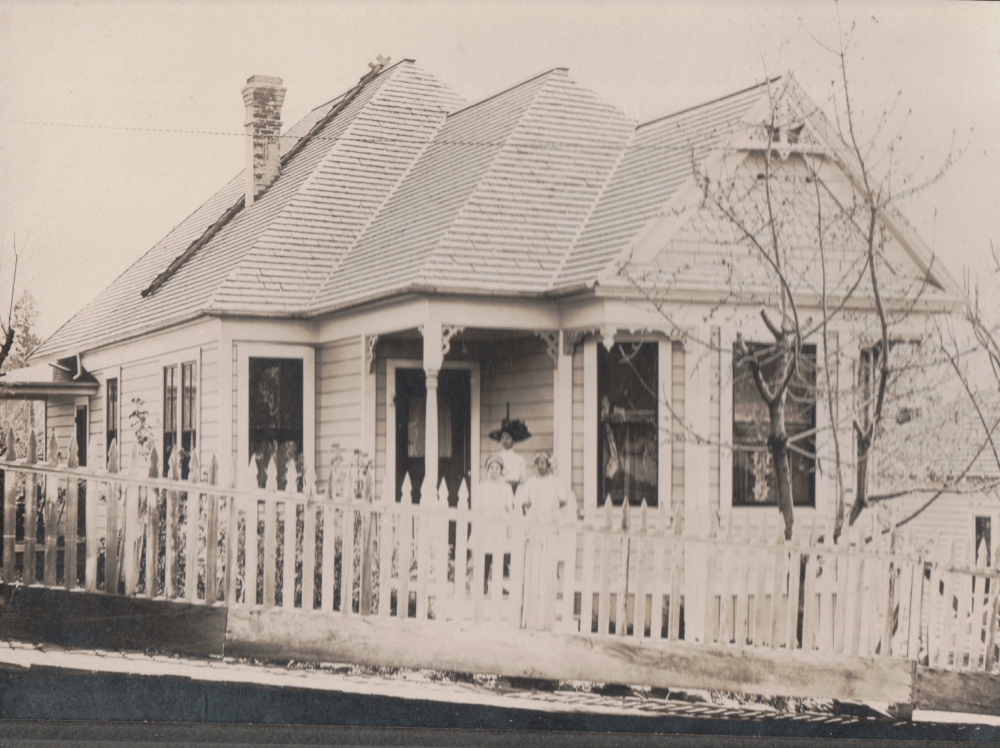
Unidentified woman and girls in Nevada City.
(Niel Locke)
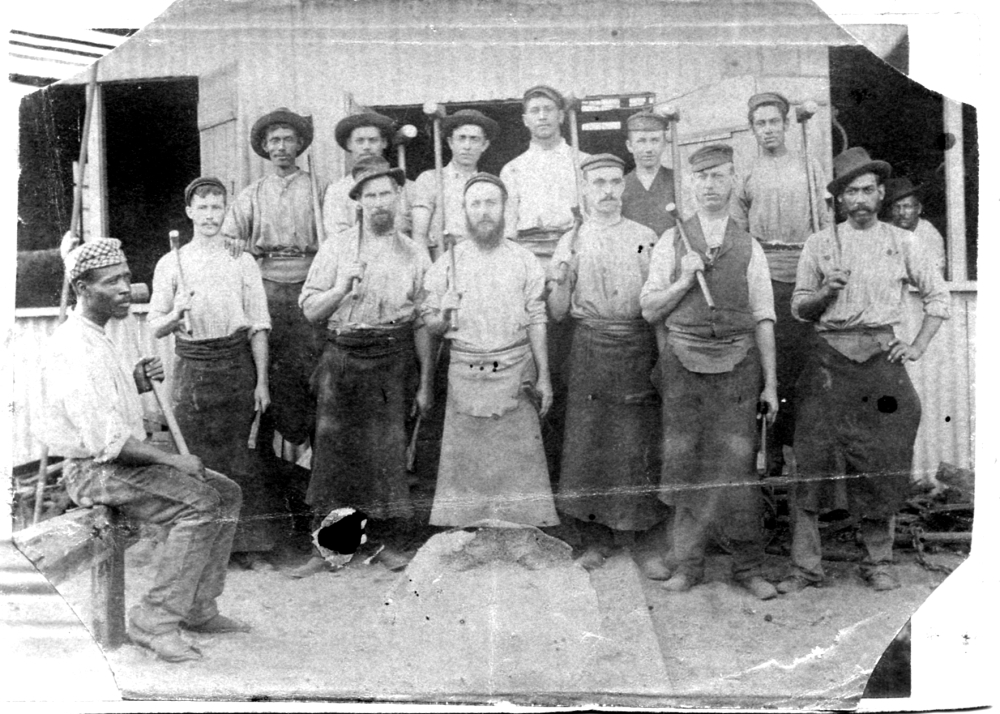
Unidentified work crew.
(Searls Historical Library)
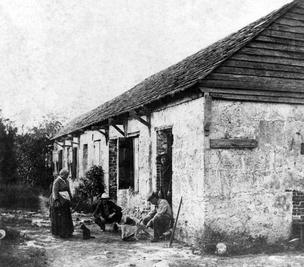
Slave quarters, William F. English plantation in Miami, Florida.
(Florida Memory)
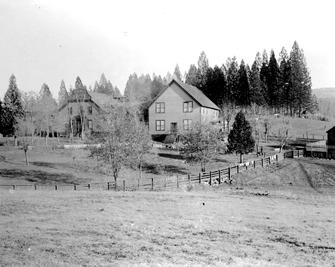
Nevada County Hospital, a refuge to poor and aging blacks in the community.
(Searls Historical Library)
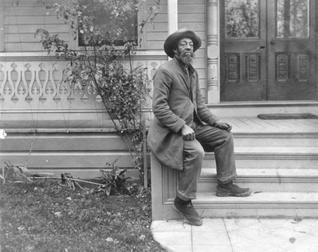
Some Notable Dates
1850’s
September 20, 1850: A black miner by the name of Isadore made a strike on Gold Hill in Boston Ravine.
April 20, 1851: Colonel William F. English arrived in San Francisco on the steamship Commodore Stockton from Philadelphia with some thirty slaves destined for gold mining in Nevada County.
Summer 1854: Grass Valley’s African Methodist Episcopal Church on South Church Street was dedicated by Reverend Thomas Mayers Decatur Ward.
November 22, 1855: Dennis D. Carter, Daniel Mahoney, and George Duval served as Nevada County’s delegates to California’s First State Convention of Colored Citizens, held at the Colored Methodist Church in Sacramento.
1860’s
January 1, 1863: President Abraham Lincoln issued the Emancipation Proclamation.
June 6, 1863: Grass Valley resident, Joseph Thomas, received a letter from Key West, Florida, which reported that two of his formerly enslaved sons had been freed, and had enlisted in the Union Army.
September 18, 1864: The African Methodist Episcopal Church on North Pine Street in Nevada City was dedicated.
January 2, 1865: The Colored People’s Festival was held at Hamilton Hall in Grass Valley in honor of the second anniversary of Emancipation Day.
July 7, 1867: Writing under the pen name “Ann J. Trask,” Nevada City writer, Jennie Carter, submitted her first piece to San Francisco’s black newspaper, the Elevator. She wrote for the newspaper until 1874.
1870’s
February 3, 1870: Congress voted to approve the Fifteenth Amendment to the United States Constitution. It prohibited the federal and state governments from denying a citizen the right to vote based on that citizen’s race, color, or previous condition of servitude.
April 9, 1870: The Nevada Transcript reported that John Adam of Galena, Illinois, a resident of Nevada City for twenty years, was the first black resident of the county to register to vote.
April 12, 1870: In celebration of the Fifteenth Amendment, Joseph Thomas–mounted on a splendid white horse–marshaled the Grass Valley voting enfranchisement delegation through the town and to Nevada City, where the delegations from the two towns joined at the county seat to celebrate.
April 22, 1872: County residents, Elijah Booth, Dennis D. Carter, and Isaac Sanks attended a statewide conference, whose delegates would challenge the California Supreme Court to eliminate school discrimination against blacks.
1880’s
1880: Harry L. Wells published his History of Nevada County. Dennis D. Carter was the only African American to have a biography in the publication.
August 20, 1880: Grass Valley’s J.R. Dorsey was Nevada County’s representative to the California Conference of the African Methodist Episcopal Church in Sacramento.
March 27, 1881: At sixty-seven years of age, Robert Sharper, died on the Kentucky Ridge. Sharper had been brought to California as a slave in 1851 to work the Kentucky Ridge Mine, and had remained in a small cabin on the site until his death.
1890’s
November 2, 1893: The African Methodist Episcopal Church in Grass Valley closed. Charles E. Clinch purchased the property for a residence. The proceeds went to the national A.M.E. church.
May 8, 1894: Grass Valley resident, Isaac T. Sanks, ran for Constable as a candidate of the Republican Party. He was the first African American in California to run on the ticket of a major political party.
The last decade of the nineteenth century saw the deaths of many of the county’s early black pioneers: John Allen, Louisa Alexander, Alice, Grant, and Lincoln Dorsey, J. Hamilton, Jo
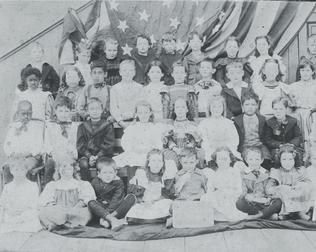
Unidentified school class, 1891.
(Searls Historical Library)
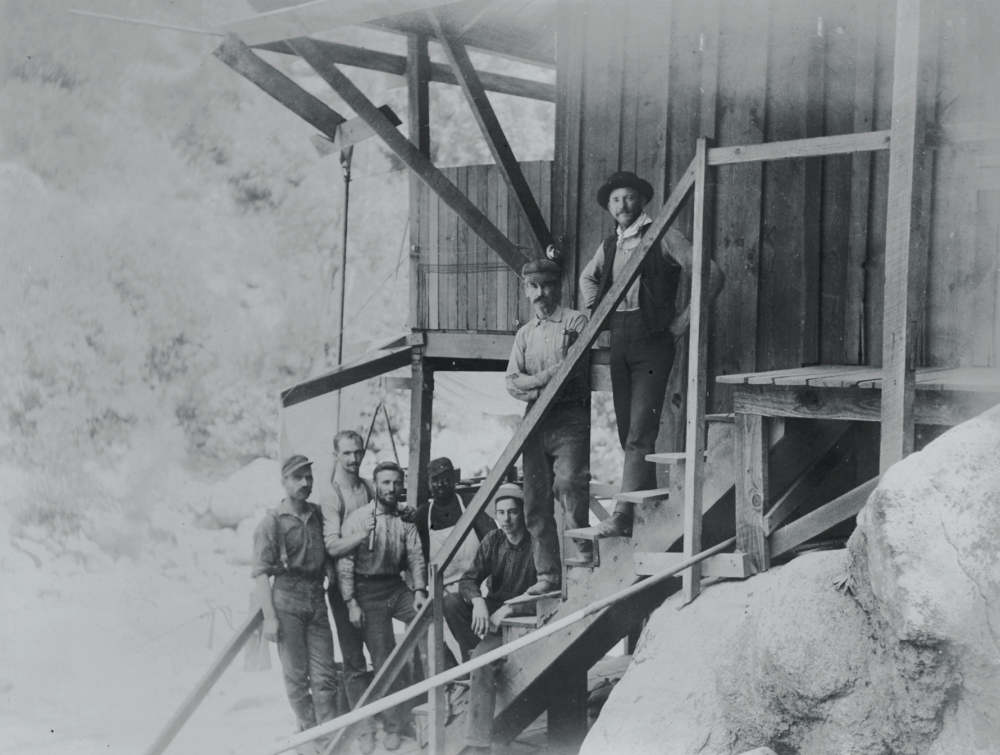
Identified work crew.
(Searls Historical Library)
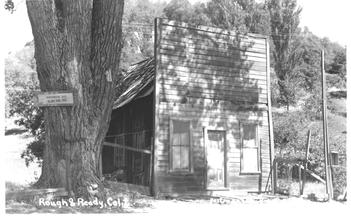
Slave Girl Tree.
(Searls Historical Library)
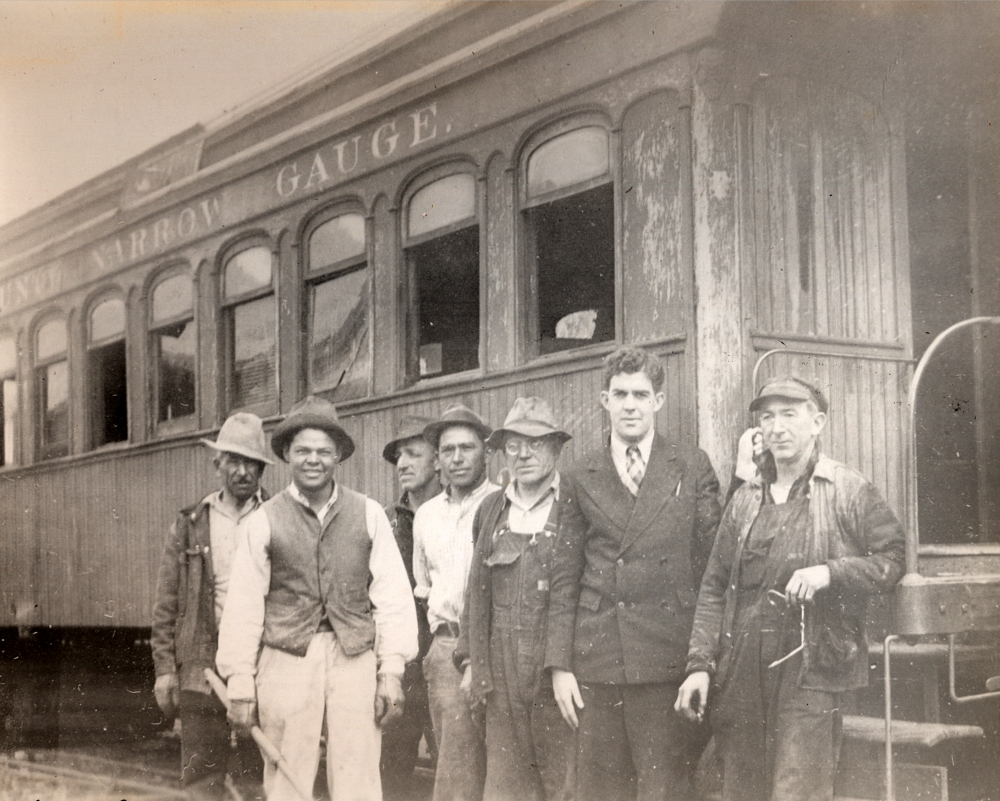
Narrow Gauge Railroad work crew, identified as Bob Paine and John Nolan on right, and five other unidentified men.
(Searls Historical Library)
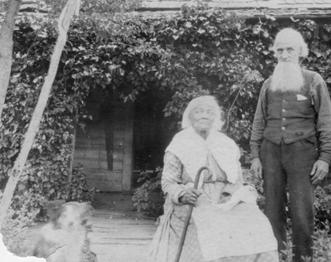
Caroline Allen and William Horrel.
(Searls Historical Library)
African Americans of Nevada County, California
Download a list of African Americans of Nevada County.



